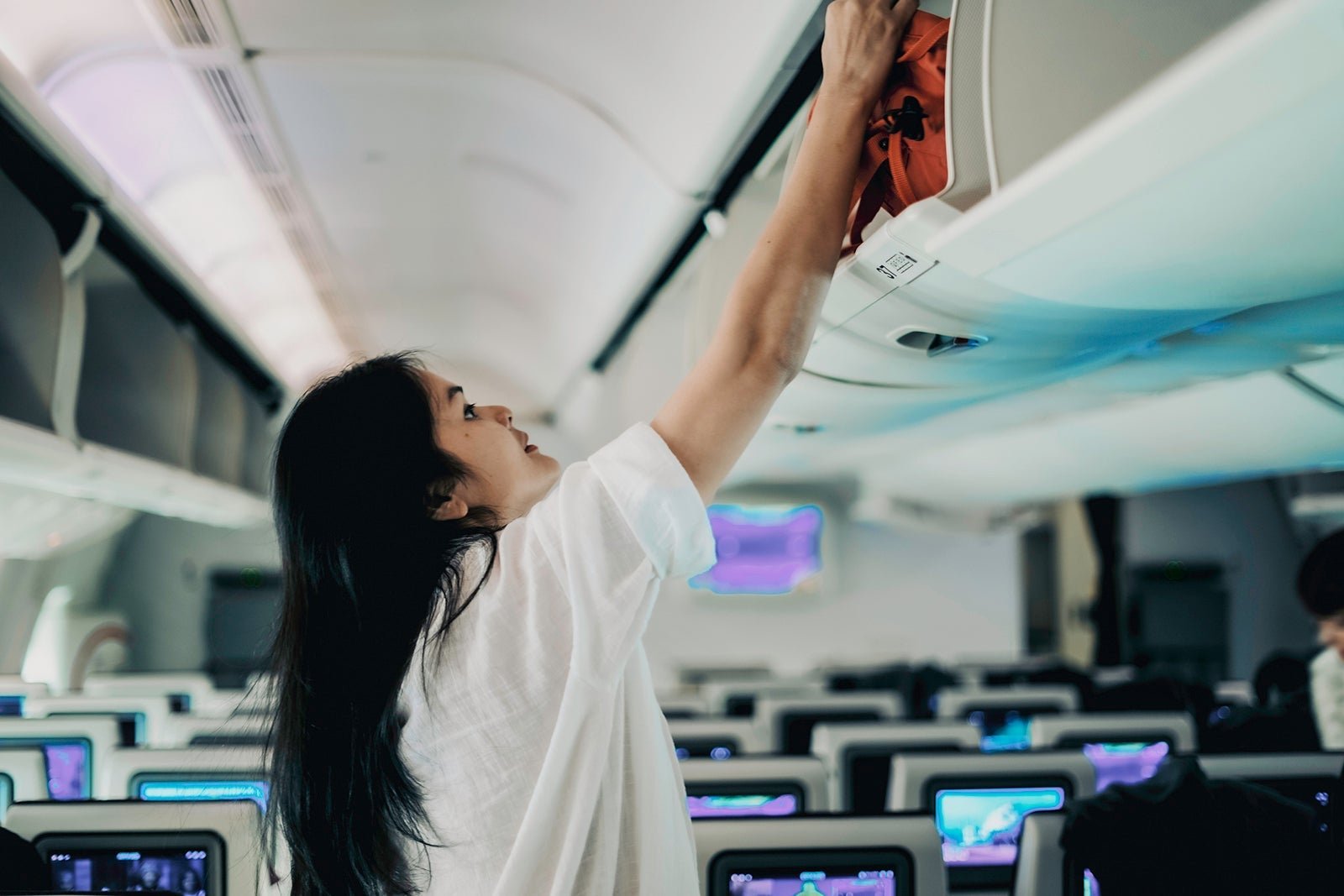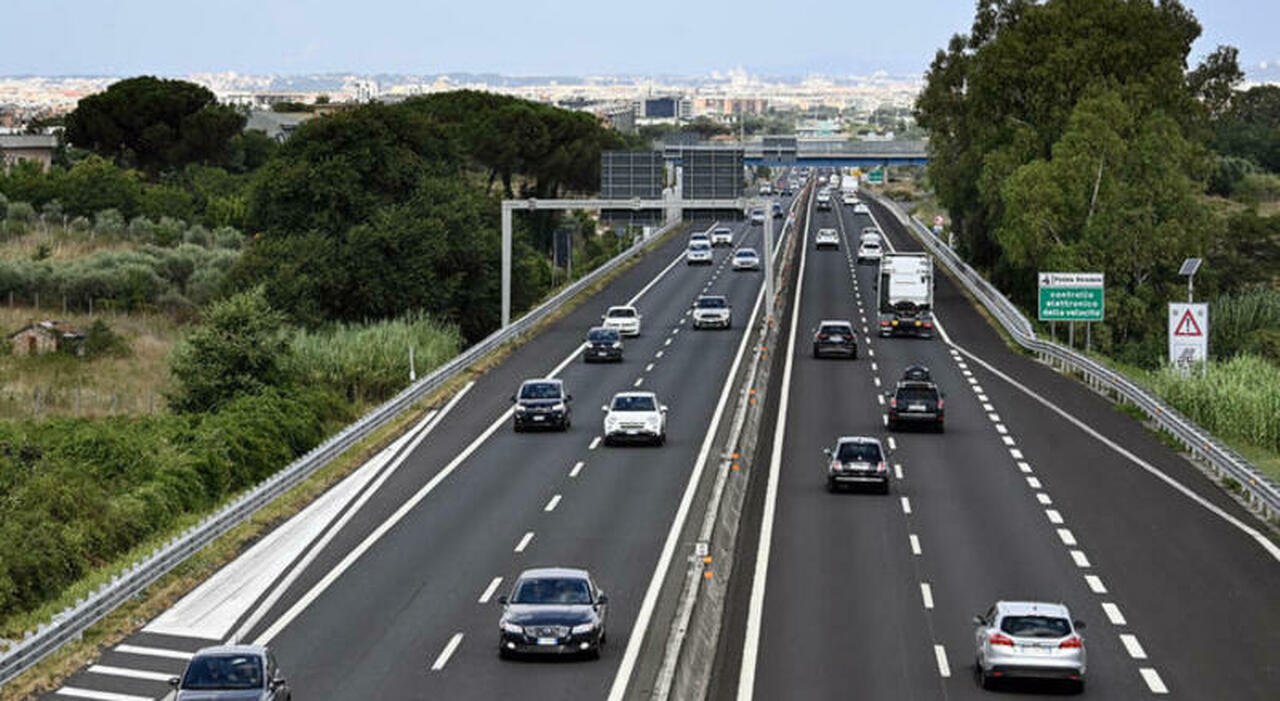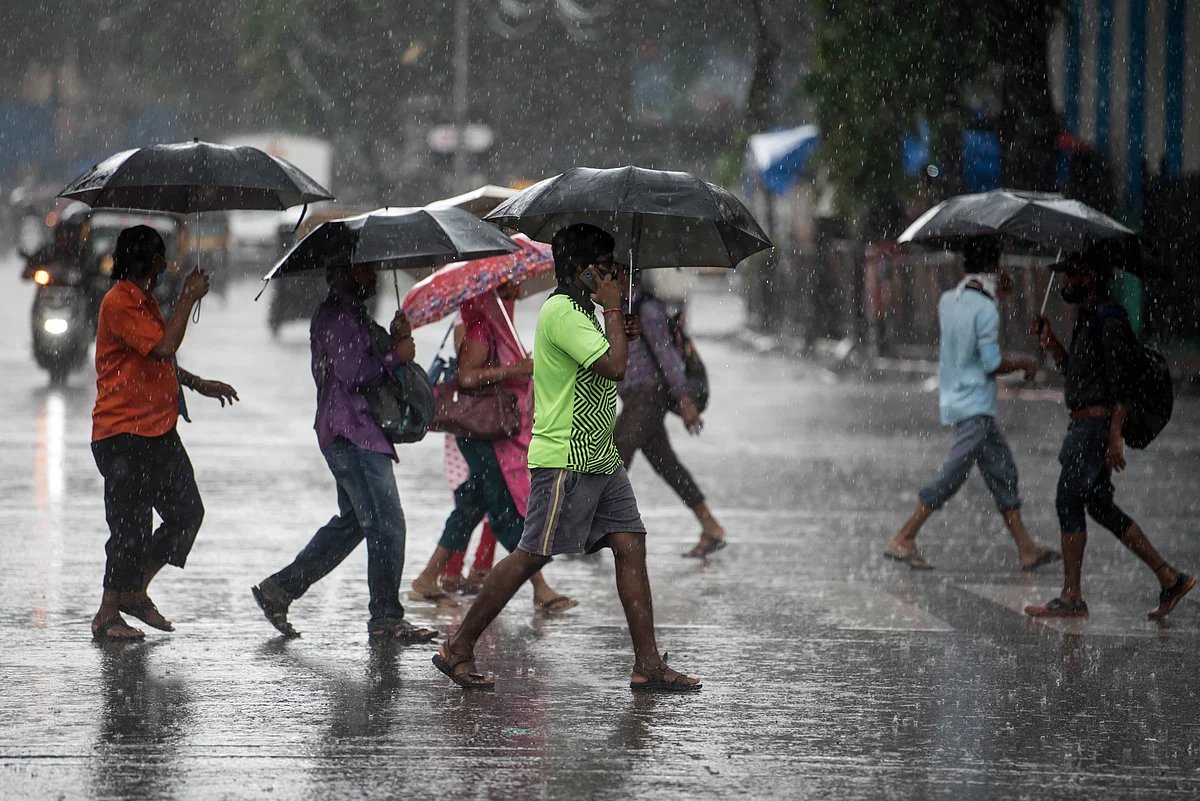Tips & Advices
The best travel insurance policies and providers

Travel insurance can be polarizing, but this guide isn’t about whether it’s worth it — it’s about comparing the top providers to help you find the best option for your next trip.
In this guide, we’ll review policies from seven top travel insurance providers so you can better understand your options before choosing a specific policy and provider.
The best travel insurance providers
Here’s an overview of the travel insurance providers I’ll discuss in this guide:
- Allianz Travel Insurance: Best for frequent travelers who want an annual plan
- American Express Travel Insurance: Best for build-your-own-plan flexibility
- GeoBlue: Best for international medical coverage
- IMG: Best for budget-conscious travelers and international health insurance
- Travel Guard: Best for customizable add-ons and optional bundles
- Travelex Insurance: Best for travelers who may need to cancel for business reasons
- World Nomads: Best for active travelers who enjoy adventure activities
I considered several details while putting together this list of the best travel insurance providers, including favorable ratings from travelers who have used these providers, the availability of details about policies and the claims process online, and the ability to purchase policies in most U.S. states.
Related: Should you get travel insurance if you have credit card protection?
Allianz Travel Insurance
Many travelers regard Allianz highly, including those who have needed to file claims with the provider. Allianz offers single-trip and annual plans that cover multiple trips of 45 (or 90 in the case of AllTrips Premier) days or less.
Some Allianz plans don’t include trip cancellation and interruption insurance, which can be ideal if you usually book award flights and hotels that you can freely cancel until shortly before your trip or feel you’re already getting these protections through your travel rewards cards.
Why consider Allianz Travel Insurance?
- Some single-trip plans allow you to purchase an upgrade that lets you cancel your trip for any reason and get 80% of your nonrefundable trip costs back.
- The AllTrips Premier plan provides annual coverage on trips of up to 90 days for all your household members at a fixed rate, even when household members are traveling separately.
- For emergency transportation coverage, you or someone on your behalf must contact Allianz, and Allianz must then make all transportation arrangements in advance. However, most Allianz policies provide an option if you cannot contact the company: Allianz will pay up to what it would have paid if it had made the arrangements.
Purchase your policy here: Allianz Travel Insurance
American Express Travel Insurance
American Express Travel Insurance offers four package plans and a build-your-own-coverage option. You don’t need to be an American Express cardholder to purchase this insurance.
Amex’s build-your-own-coverage plan is unique because you can purchase just the needed coverage. For most types of protection, you can even select the coverage amount that works best for you.
Why consider American Express Travel Insurance?
- Amex’s build-your-own-coverage option allows you to only pay for the coverage you need.
- Coverage on long trips doesn’t cost more than coverage for short trips if the cost is equal. However, the emergency medical and dental benefit only covers your first 60 days of travel.
- American Express Travel Insurance can protect travel expenses you purchase with Amex Membership Rewards points in the Pay with Points program (as well as travel expenses bought with cash, debit or credit). However, travel expenses bought with other points and miles aren’t covered.
Purchase your policy here: American Express Travel Insurance
GeoBlue
GeoBlue differs from most other providers in this piece because it only provides medical coverage. There are many different policies, but some require primary health insurance in the U.S. (although it doesn’t need to be provided by Blue Cross Blue Shield), and most don’t offer medical coverage within the U.S.
Three general plans fit the needs of most travelers, with options for single-trip coverage, multitrip coverage and long-term stints outside the U.S. However, special plans also provide options for specialty travel, studying abroad and working abroad.
Why consider GeoBlue?
- GeoBlue can be an excellent option if you’re mainly concerned about the medical side of travel insurance.
- GeoBlue provides single-trip, multitrip and long-term medical travel insurance policies for many different types of travel.
- Most GeoBlue policies explicitly cover sudden recurrences of preexisting conditions for medical services and evacuation.
Purchase your policy here: GeoBlue
IMG
IMG offers comprehensive travel insurance, travel medical insurance and international health insurance policies. You can customize many policies, including setting policy maximums on health insurance, covered trip lengths on multitrip medical insurance and more. This customization may let you create a customized plan that gives you what you need at a low rate.
Why consider IMG?
- IMG may be a good option if you need medical or health insurance for a trip.
- The iTravelInsured Lite is a popular budget-friendly travel insurance policy due to its comprehensive coverage (albeit with relatively low coverage maximums) at a modest rate.
- Some IMG travel insurance plans let you add optional cancel-for-any-reason or interruption-for-any-reason coverage.
Purchase your policy here: IMG
Travel Guard
Travel Guard offers three standard plans online, which you can compare side by side. But what sets Travel Guard apart from many other providers in this article is the ability to add a wide variety of optional coverage and bundles to these plans.
You can also buy an annual travel insurance plan through Travel Guard that covers multiple trips of up to 90 days. And if you book a last-minute trip, Travel Guard’s single-trip policy without trip cancellation protection might be worth considering.
Why consider Travel Guard?
- On most single-trip plans, you can include one related child (age 17 and younger) with each paying adult at no additional cost.
- Some single-trip plans allow you to purchase an upgrade that lets you cancel your trip for any reason. However, reimbursement under this coverage will not exceed 50% of your covered trip cost.
- You can add optional bundles to single-trip plans, including adventure sports, baggage, travel inconvenience, quarantine, pets, security and wedding travel.
Purchase your policy here: Travel Guard
Travelex Insurance
Travelex offers four single-trip plans, each with some optional upgrades. One plan doesn’t include trip cancellation protection, making it ideal for refundable and last-minute trips. The other three plans differ primarily in their coverage maximums and inclusions.
Why consider Travelex Insurance?
- Travelex’s Ultimate policy can cover trips lasting up to 180 days and includes one traveling companion 17 years or younger with each insured adult.
- You can add rental property security deposit coverage to most plans, covering up to $2,000 of repairs if you accidentally damage your accommodations.
- You can add cancel-for-any-reason insurance or cancel-for-business-reasons insurance to the Ultimate plan. Cancel-for-any-reason coverage will not exceed 75% of your insured trip cost (up to $7,500), while cancel-for-business-reasons coverage will cover 100% of your insured trip cost (up to $10,000).
Purchase your policy here: Travelex Insurance
World Nomads
World Nomads is more expensive than many other providers discussed in this article. However, it remains popular with active travelers because it covers many adventure activities.
It offers three single-trip plans, each covering one trip of up to 180 days, and one annual plan, covering multiple trips within 12 months of up to 45 days each.
Why consider World Nomads?
- World Nomads’ policies cover more adventure sports than most providers, so all policies include activities such as bungee jumping, and some policies include activities like caving and free soloing.
- You don’t need to estimate prepaid costs when purchasing the insurance.
- Every World Nomads plan also includes help from Blue Ribbon Bags if an airline loses your checked bag, a predeparture medical consultation from Runway Health and a portable personal health record provided by FootprintID.
Purchase your policy here: World Nomads
Other options for buying travel insurance
This guide details the policies of seven providers with the information available at the time of publication. There are many options when it comes to travel insurance, though. To compare different policies quickly, you can use a travel insurance aggregator like InsureMyTrip or SquareMouth to search. Just note that these search engines won’t show every policy and every provider, and you should still research the provided policies to ensure the coverage fits your trip and needs.
You can also purchase a plan through various membership associations, such as USAA, AAA and Costco. Typically, these organizations partner with a specific provider, so if you are a member of any of these associations, you may want to compare the policies offered through the organization with other policies to get the best coverage for your trip.
Related: Valuable travel perks that you can get with a credit card
Is travel insurance worth it?
Whether you should purchase travel insurance is a personal decision. Suppose you use a credit card that provides travel insurance for most of your expenses and have medical insurance that provides adequate coverage abroad. In that case, you may be covered enough on most trips to forgo purchasing travel insurance.
However, suppose your medical insurance won’t cover you at your destination and you can’t comfortably cover a sizable medical evacuation bill or last-minute flight home. In that case, it may be worth purchasing travel insurance. Buying an annual multitrip policy may be worth it if you travel frequently.
Related: 7 times your credit card’s travel insurance might not cover you
What does travel insurance cover?
Travel insurance usually offers some of the following types of coverage:
- Baggage delay protection may reimburse you for essential items and clothing when a common carrier (such as an airline) fails to deliver your checked bag within a set time of your arrival at a destination. You may be reimbursed up to a particular amount per incident or day.
- Lost or damaged baggage protection may provide reimbursement to replace lost or damaged luggage and items inside that luggage. However, valuables and electronics usually have a relatively low maximum benefit.
- Trip delay reimbursement may provide reimbursement for necessary items, food, lodging and sometimes transportation when you’re delayed for a substantial time while traveling on a common carrier such as an airline. This insurance may be beneficial if weather issues (or other covered reasons for which the airline usually won’t provide compensation) delay you.
- Trip cancellation and interruption protection may reimburse you if you need to cancel or interrupt your trip for a covered reason, such as a family death or jury duty.
- Medical evacuation insurance can arrange and pay for medical evacuation if necessary, with the assistance of the insurance provider and a medical professional. This coverage can be particularly valuable if traveling to a region with subpar medical facilities.
- Travel accident insurance may provide a payment to you or your beneficiary in the case of your death or dismemberment.
- Emergency medical insurance may provide payment or reimbursement to you if you must seek medical care while traveling. Some plans only cover emergency medical care, but some also cover other types of medical care. You may need to pay a deductible or copay.
- Rental car coverage may provide a collision damage waiver when renting a car. This waiver may reimburse for collision damage or theft up to a set amount. Some policies also cover loss-of-use charges assessed by the rental company and towing charges to take the vehicle to the nearest qualified repair facility. You generally need to decline the rental company’s collision damage waiver or similar provision to be covered.
Related: Comparing travel protections with the Chase Sapphire Reserve and Amex Platinum
How much is travel insurance?
Travel insurance costs depend on various factors, including the provider, the type of coverage, your trip cost, your destination, your age, your residency and how many travelers you want to insure. A standard travel insurance plan will generally set you back somewhere between 4% and 10% of your total trip cost. However, this can be lower for more basic protections or become even higher if you include add-ons like cancel-for-any-reason protection.
The best way to determine how much travel insurance will cost is to price out your trip with a few providers discussed in the guide. You can also visit an insurance aggregator like InsureMyTrip or SquareMouth to quickly compare options across multiple providers.
Related: My 4 top travel credit cards — and how they elevate my trips
When and how to get travel insurance
For the most robust selection of available travel insurance benefits — including time-sensitive add-ons like cancel-for-any-reason protection and waivers of preexisting conditions for eligible travelers — you should ideally purchase travel insurance on the same day you make your first payment toward your trip.
Some providers may still offer a preexisting conditions waiver if you buy travel insurance within 14 to 21 days of your first trip expense or deposit. But if you don’t need a preexisting conditions waiver and aren’t interested in cancel-for-any-reason coverage, you can purchase travel insurance once your departure date nears.
However, you’ll usually need to purchase your plan before departure, and you must always buy travel insurance before you know you need it. Once you recognize the need, it’s too late to protect your trip.
Once you’ve shopped around and decided upon the best travel insurance plan for your trip, you can almost always complete your purchase online. You’ll usually be able to download your insurance card and the complete policy shortly after the transaction.
Related: The best no-foreign-transaction-fee credit cards
Bottom line
Not all travel insurance policies and providers are equal. Before buying a plan, read and understand the policy documents. This will help you choose a plan appropriate for you and your trip.
For example, if you plan to go skiing or rock climbing, make sure the policy you buy doesn’t exclude these activities. Likewise, if you’re making two back-to-back trips during which you’ll be returning home for a short time in between, be sure the plan doesn’t terminate coverage at the end of your first trip.
Finally, if you’re looking to cover a sudden recurrence of a preexisting condition, select a policy with a preexisting condition waiver and fulfill the requirements for the waiver. After all, buying insurance won’t help if your policy doesn’t cover your losses.
Tips & Advices
Essential Road Safety Tips for Summer Travel

Once again this year, the Highway Patrol, in anticipation of the massive summer exodus, wants to disseminate the useful vademecum to tackle and reach holiday destinations safely, advice that remains valid for any movement. Before setting off, it is good practice, first of all, to check the vehicle’s efficiency, with particular attention to the tire pressure and tread conditions which must not be less than 1.6 millimeters. Equally important, if the vehicle is equipped, is to also check the conditions of the spare wheel or otherwise the inflation kit. Check the engine fluid levels, brake pad wear, and therefore the correct functioning of all the vehicle’s lighting devices such as headlights, rear lights, brake lights, and turn signals. Equally important is the condition of the front and rear windshield wipers, whose proper functioning is essential for optimal visibility even in case of rain. The arrangement of the luggage must also be taken care of in such a way that the distribution of the loads does not unbalance the stability of the vehicle and, if using roof racks, always ensure they are well anchored. In case of transport, pets must be secured in the appropriate carriers. Before departure, avoid consuming large meals or drinking alcoholic beverages and possibly check the traffic and weather conditions along the route to be traveled. It is also reminded that it is mandatory for passengers in the front and rear seats to always wear seat belts and secure children in appropriate approved seats. For those traveling on two wheels, it is important to fasten the protective helmet properly and use protective measures. During the journey, proceed at a moderate speed, respecting the limits set by the road owner, exercising maximum caution if you decide to overtake using the appropriate lane. Traffic on the highway, the red and black flag days for August 2025. Avoid any distraction during the journey, especially using the smartphone, even for a very short moment because hundreds of meters are covered without the necessary attention. On the highway, it is reminded that it is allowed to occupy the emergency lanes only in cases of actual necessity, and if so, position the emergency triangle at least 100 meters from the broken-down vehicle, always wearing the reflective vest. Where possible, however, it is better to stop in the appropriate service areas. In any case, without further delay, contact the single emergency number (112) indicating the exact position and wait for the arrival of assistance. At the same number, all possible issues such as accidents, vehicles in trouble, objects on the road, or fires must be reported; in this regard, it is absolutely forbidden to throw cigarettes or matches out of the windows. In case of fatigue, it is advisable to reach a safe place for a stop, so as to resume normal attention conditions for safe and responsible driving. On the State Police website, in the area reserved for Italy’s Viability (https://www.poliziadistato.it/articolo/1815cb58d622d6ac985858152) the ‘Summer Exodus Plan 2025’ has been published where it is possible to find: – the intense traffic calendar (flags); – the mapping of the road and motorway sections most subject to traffic issues and related alternative itineraries (north – center – south and islands); – the geographical areas ordinarily subject to overflight by State Police and Carabinieri aircraft; – the railway police surveillance plan; – the mapping of speed detection systems (tutors) located on the motorway network.
© ALL RIGHTS RESERVED
This article is automatically translated
Tips & Advices
Mississippi school travel safety tips

JACKSON, Miss. (WJTV) – Mississippi parents and students are encouraged to stay safe while going to school and back home.
AMR in central Mississippi advised parents to teach their children the following rules to stay safe when traveling to or from school.
Getting on or off the bus:
-
Riders should stay outside the “danger zone” around the bus. The danger zone is ten feet wide all the way around the bus. For little children, say six “giant steps” At that distance from the bus, the bus driver can see a child.
-
If you drop something near the bus, first signal the driver and tell him or her. Never try to pick it up first because the driver may not be able to see you.
-
Always stay away from the wheels of the bus.
-
Hold on to the handrail on the bus.
-
Never assume other vehicles have stopped for the school bus. Keep watching for other vehicles as you walk in front of the bus.
-
If you must cross the street in front of the bus, walk at least ten feet ahead of the bus until you can turn around and see the driver.
-
Make sure the bus driver can see you.
-
Wait for a signal from the bus driver before beginning to cross.
-
When the bus driver signals for you to cross, walk across the road while also keeping an eye out for sudden traffic changes.
-
If you leave something on the bus, never go back to get it. The bus may already be moving and the driver might not see the child.
Getting to the bus stop:
-
Parents should walk smaller children to their stop.
-
Each child should be dressed in contrasting bright colors.
-
Leave home early enough to avoid running to the bus. Running to the bus can be dangerous.
-
Older children should watch the younger ones closely.
-
Children walking or standing in groups are easier for drivers to see than one child alone.
Waiting for the bus to arrive:
-
Always stand at least ten feet from the curb or edge of the road.
-
Do not run or play while waiting for the bus.
-
Do not take anything out of backpacks while waiting. That way, nothing gets dropped or blows away in the wind.
Getting on the bus:
-
Be sure the bus driver can see you and you can see the bus driver.
-
Enter the bus in a single file with the younger children first.
-
Never walk behind the bus.
While the bus is in motion:
-
Stay seated, facing forward.
-
Keep your hands to yourself.
-
Talk quietly. Don’t talk at all near railroad crossings so the driver can listen closely for sounds of a train.
-
Do not distract the driver.
-
Keep the aisles clear. Keep your belongings on your lap.
-
Do not block emergency exits with sports equipment or musical instruments.
Walking to and from school:
-
Always walk on the sidewalk when one is available.
-
Cross the street only at intersections or street corners. Do not “jaywalk.” If a crosswalk is painted on the street, use it.
-
Before you begin to cross the street, stop and look left, right and left again to spot oncoming cars.
-
If no cars are coming, it is safe for you to cross but continue looking left-right-left as you cross.
-
Do not dart into the street between parked vehicles.
Riding a bicycle to school:
-
Always wear a helmet when riding your bicycle.
-
Make sure that your helmet fits correctly.
-
Ride on the right side of the road in the same direction other vehicles are going.
-
If two or more bikers are together, ride one behind the other, not side by side.
-
Come to a complete stop before crossing each street.
-
Make sure clothes, shoes and the bicycle have reflective materials on them so drivers can see you more easily.
Thanks for signing up!
Watch for us in your inbox.
Subscribe Now
Copyright 2025 Nexstar Media, Inc. All rights reserved. This material may not be published, broadcast, rewritten, or redistributed.
For the latest news, weather, sports, and streaming video, head to WJTV.
Tips & Advices
Weather Updates Across India: Travel Disruptions, Flood Warnings And Safety Tips – Outlook Traveller
-

 Brand Stories3 weeks ago
Brand Stories3 weeks agoBloom Hotels: A Modern Vision of Hospitality Redefining Travel
-

 Brand Stories2 weeks ago
Brand Stories2 weeks agoCheQin.ai sets a new standard for hotel booking with its AI capabilities: empowering travellers to bargain, choose the best, and book with clarity.
-

 Destinations & Things To Do3 weeks ago
Destinations & Things To Do3 weeks agoUntouched Destinations: Stunning Hidden Gems You Must Visit
-

 Destinations & Things To Do2 weeks ago
Destinations & Things To Do2 weeks agoThis Hidden Beach in India Glows at Night-But Only in One Secret Season
-

 AI in Travel3 weeks ago
AI in Travel3 weeks agoAI Travel Revolution: Must-Have Guide to the Best Experience
-

 Brand Stories1 month ago
Brand Stories1 month agoVoice AI Startup ElevenLabs Plans to Add Hubs Around the World
-

 Brand Stories4 weeks ago
Brand Stories4 weeks agoHow Elon Musk’s rogue Grok chatbot became a cautionary AI tale
-

 Brand Stories2 weeks ago
Brand Stories2 weeks agoContactless Hospitality: Why Remote Management Technology Is Key to Seamless Guest Experiences
-

 Asia Travel Pulse1 month ago
Asia Travel Pulse1 month agoLooking For Adventure In Asia? Here Are 7 Epic Destinations You Need To Experience At Least Once – Zee News
-

 AI in Travel1 month ago
AI in Travel1 month ago‘Will AI take my job?’ A trip to a Beijing fortune-telling bar to see what lies ahead | China


You must be logged in to post a comment Login